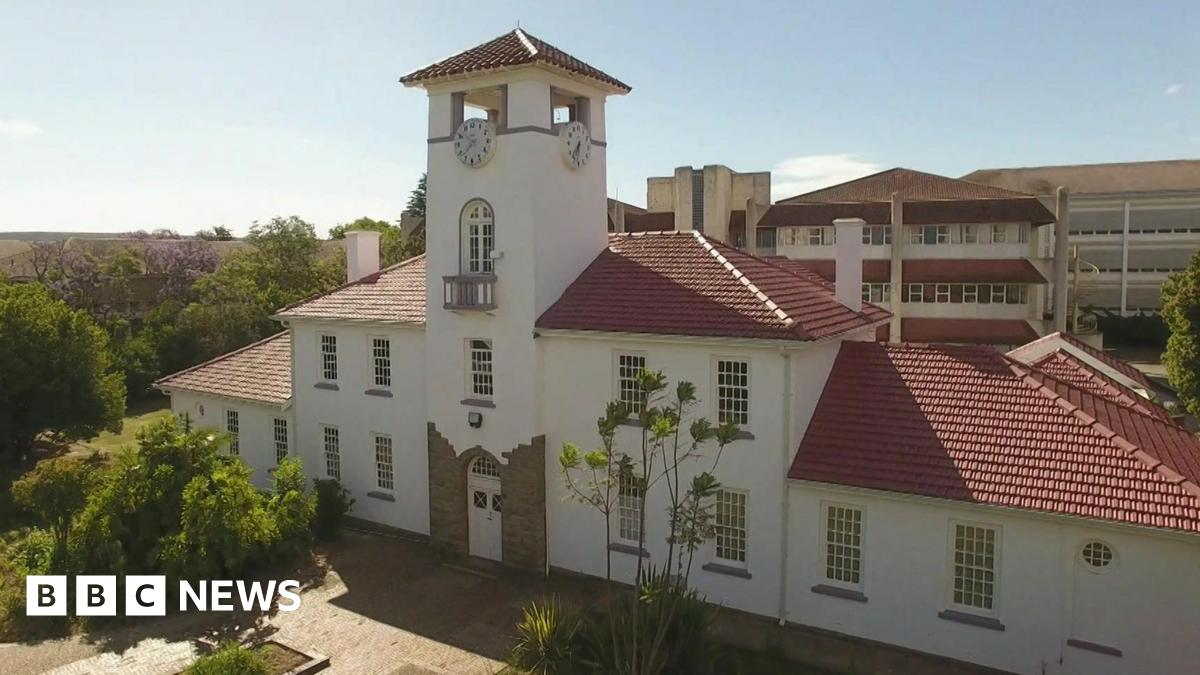Introduction
Fort Hare University, located in the Eastern Cape province of South Africa, is a historically significant institution known for its rich legacy in higher education. Established in 1916, it played a pivotal role in shaping the academic and political landscape of the nation, particularly for black South Africans during the apartheid era. The university is not only relevant for its historical significance but also for its continued contribution to education and research in contemporary South Africa.
Historical Context
Fort Hare originally served as a college for black students during a time when higher education was largely inaccessible to them. It became the breeding ground for many renowned leaders, including former South African presidents Nelson Mandela and Oliver Tambo. The University’s mission has always been rooted in empowering young minds and promoting the principles of social justice and equality. Over the years, Fort Hare has transformed into a comprehensive university, offering a diverse range of undergraduate and postgraduate programs across various disciplines.
Recent Developments
As of 2023, Fort Hare University has been making strides in enhancing its academic offerings and infrastructure. In March, the university launched several new programs aimed at addressing the skills gap in critical areas such as engineering and technology. Additionally, Fort Hare has placed a strong emphasis on research, collaborating with local and international institutions to enhance its global standing.
The university also recently celebrated its centennial anniversary, a milestone that reinforced its commitment to academic excellence and social responsibility. Events held throughout the year acknowledged not only its historical significance but also the contributions of its alumni to society.
Challenges Ahead
Despite its accomplishments, Fort Hare University faces challenges such as funding constraints, infrastructure limitations, and the need for more effective student support services. In a backdrop of rapidly changing educational demands and the need for innovations in teaching and learning methodologies, addressing these challenges will be crucial for the university’s future viability.
Conclusion
Fort Hare University remains a beacon of hope and empowerment for many South Africans. Its rich history is not just a reminder of the struggles endured but also celebrates the transformative power of education. As it navigates through current challenges, the university holds the potential to continue inspiring future generations. Its ongoing commitment to academic excellence and social justice will be critical in shaping not only its future but also that of South Africa as a whole.

